STORIES / Okara’shòn:’a

Amateur naturalist
I am part of the Bear clan so I wouldn’t hunt a bear. Maybe if someone else offered me a steak from a bear they hunted I would accept but besides that I am not interested in hunting or eating it. I would only shoot it if I had to in self-defense.
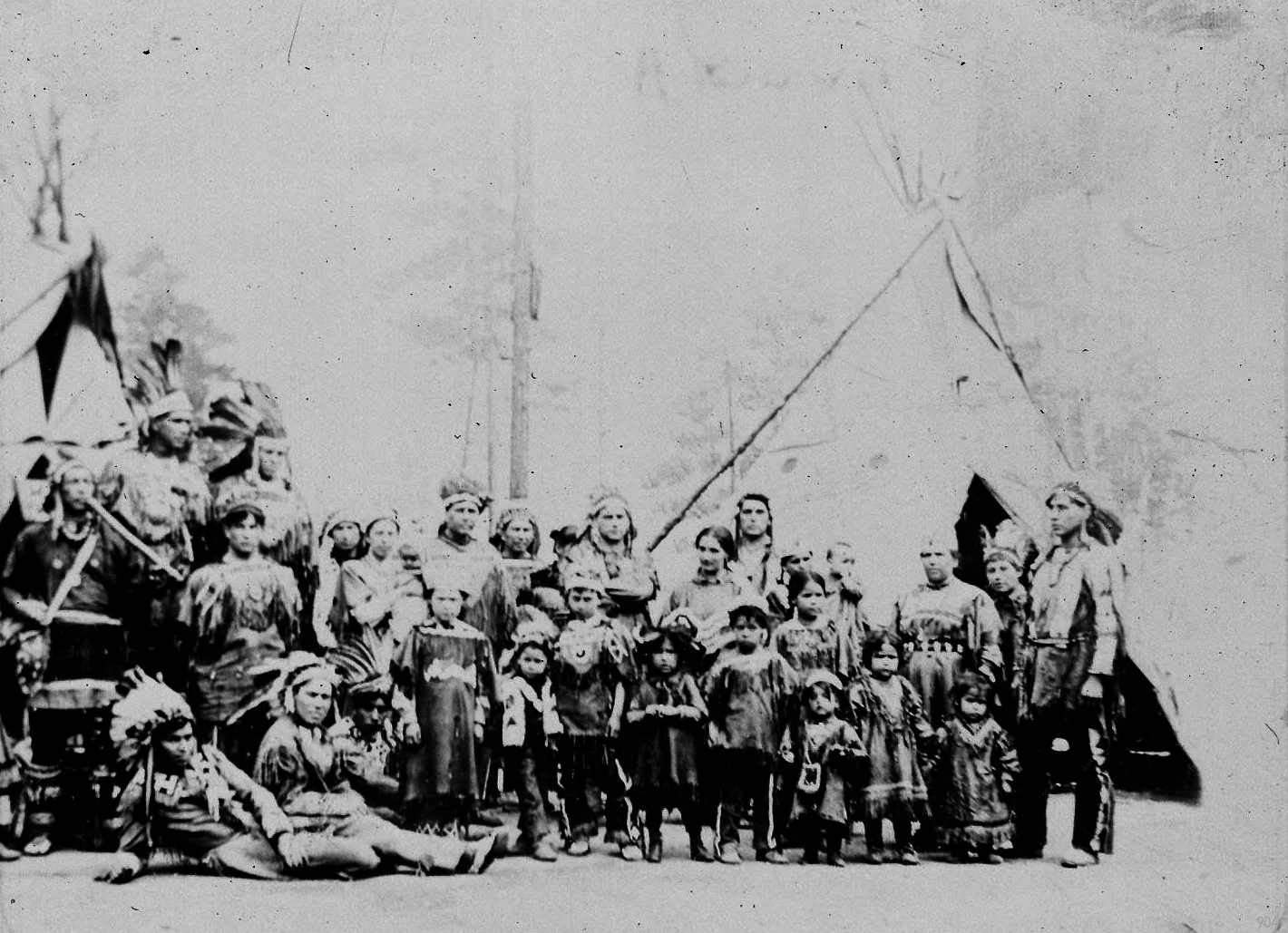
Passing it on
I think it's important that people pass on the stories and the traditions, because I'm sure families have different stories and traditions that were passed down to them. They probably just thought it was old people telling them stories, but it's important to hear those stories because there was always a moral behind it.

Threading the Needle
In the winter months, the old ladies would come to our house. I don't know if they were really old ladies. But to me, they were old. There would be a lamp set in the middle of the table and a whole bunch of them would do beadwork.

River Fishing
We used to go fish down at the train bridge. We would ride our bikes there. We’d catch so many fish and tie them to a chain. We’d have a hard time riding our bikes with so much fish.
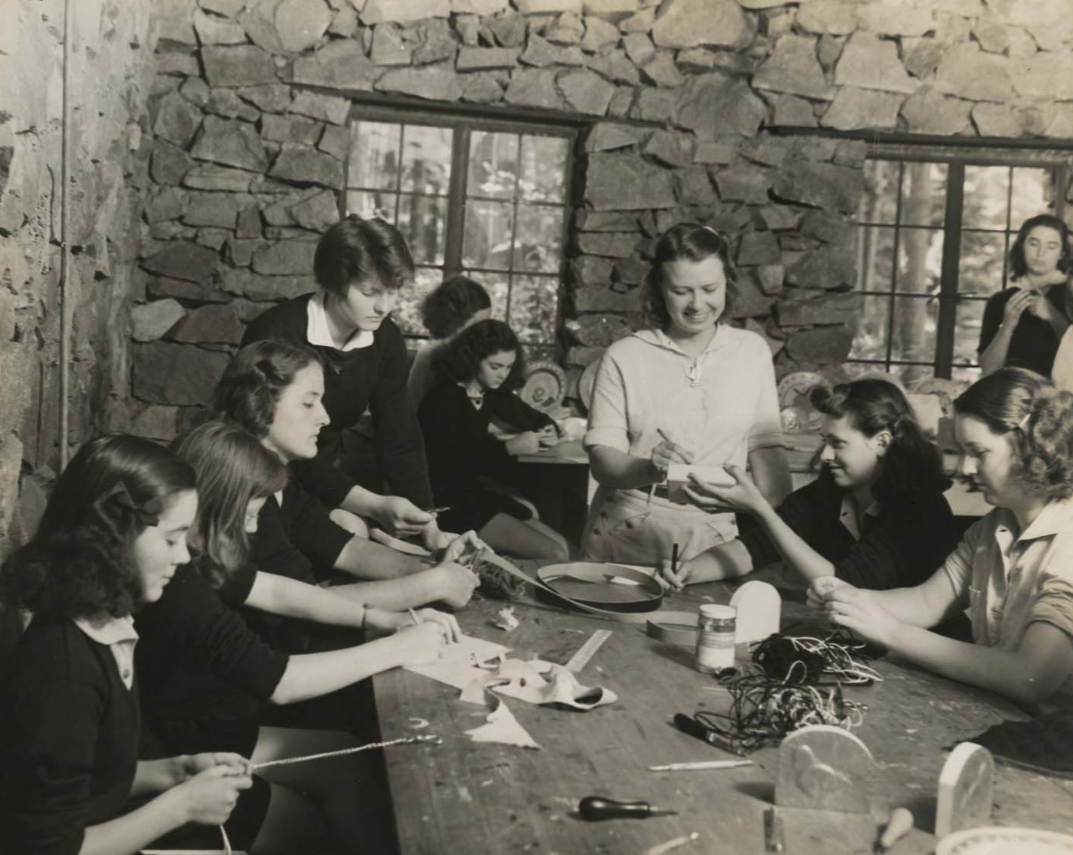

Christmas in Kahnawà:ke
My father used to go with his uncle and his friend up to Saint Lucie before Christmas to cut down trees and bring them back for his uncle, my grandfather and a few others in the family. It was an all-day process so they would only get back late at night.

Coincidence
I remember when we left Standing Rock, we were just taking a stroll and there were two bald eagles sitting in the tree very low. As we drove back home, we hit the state of Michigan, and I looked up at the sunroof in the car and there was a bald eagle circling the car making sure we got back safely.

Life in the big garden
We would also help with planting and harvesting. When you plant tomatoes and they get big, there are these large kinds of green caterpillars that get on them and eat the leaves. They’d be hiding under the leaf or whatever. We’d have to pick them off the tomatoes. That was scary.

Safeguarding our heritage
I believe it's crucial for us to come together and engage in meaningful dialogue. Upholding the principles of the Two Row Wampum is very important: it's about honouring our shared culture and understanding.

Upholding traditions
Families would prepare lunches to bring to the grounds. Everyone looked forward to the picnic; it was special. It was a good feeling to see everyone gathered. Eventually, it became one of our traditions.

Tioweró:ton
In the fall, we would go up to hunt. At night, the hunters would come down and tell us they got a moose, and the men would head up to help. It was a lot of work. We would cut the moose into pieces so that each man can carry a piece of the moose out of the bush. I was always excited to go because those who helped would get moose meat and have a party or celebration after we were done.
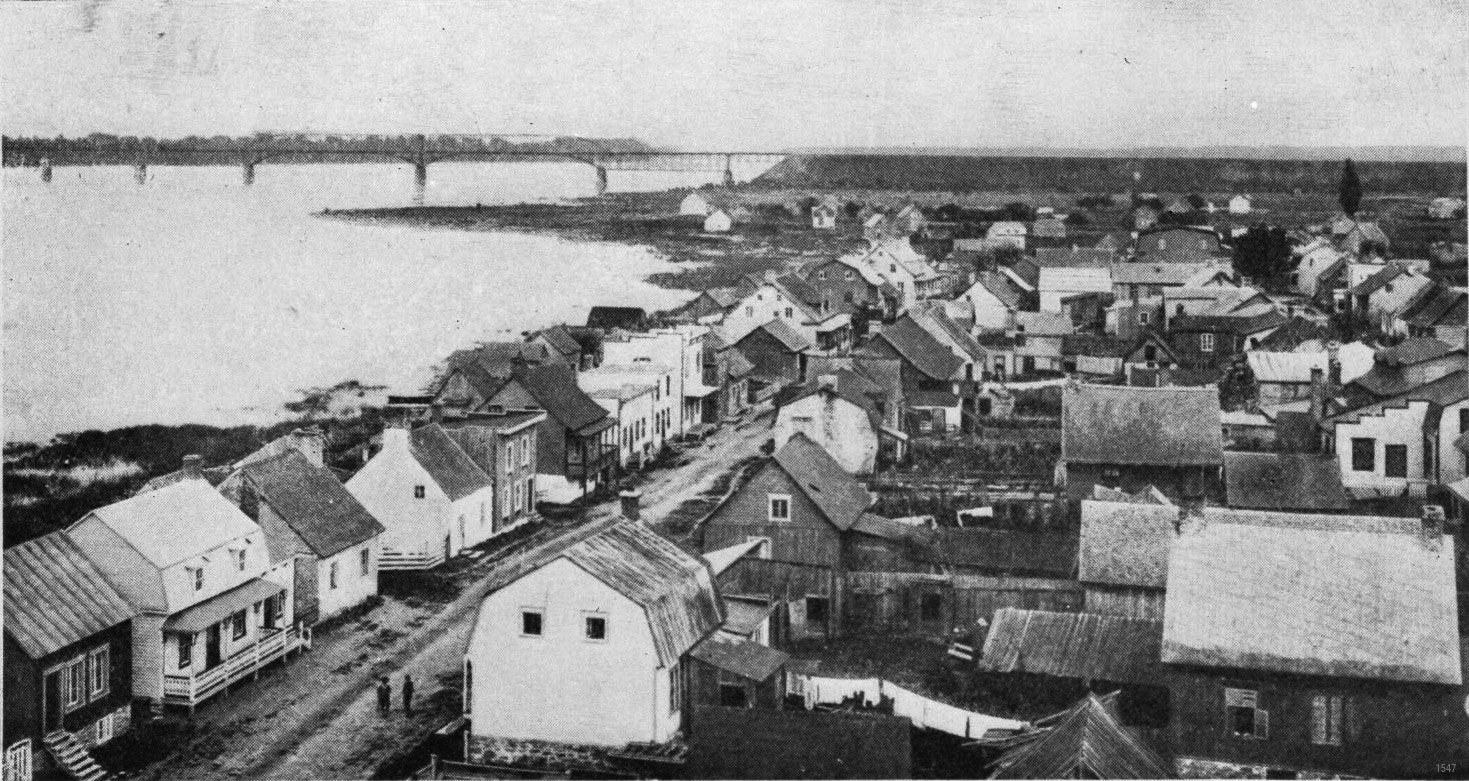
Burning wood
I remember in those years, when I was much younger, there were people still burning wood. There was a lot of wood burning. You would smell the smoke of wood stoves. During the holidays, and especially around new years, people used to go around to visit, so your relatives would come to your house, and that would last about a week.

Lost caribou
I was the tech on a film shoot way up in Nunavik and we had the president of the Quebec Ministere des Forets, de la Faune et des Parcs with us.
When he shows up there, he’s got this $3,000 rifle, with a scope and the whole thing. The guy’s a lawyer, he doesn’t know this shit.
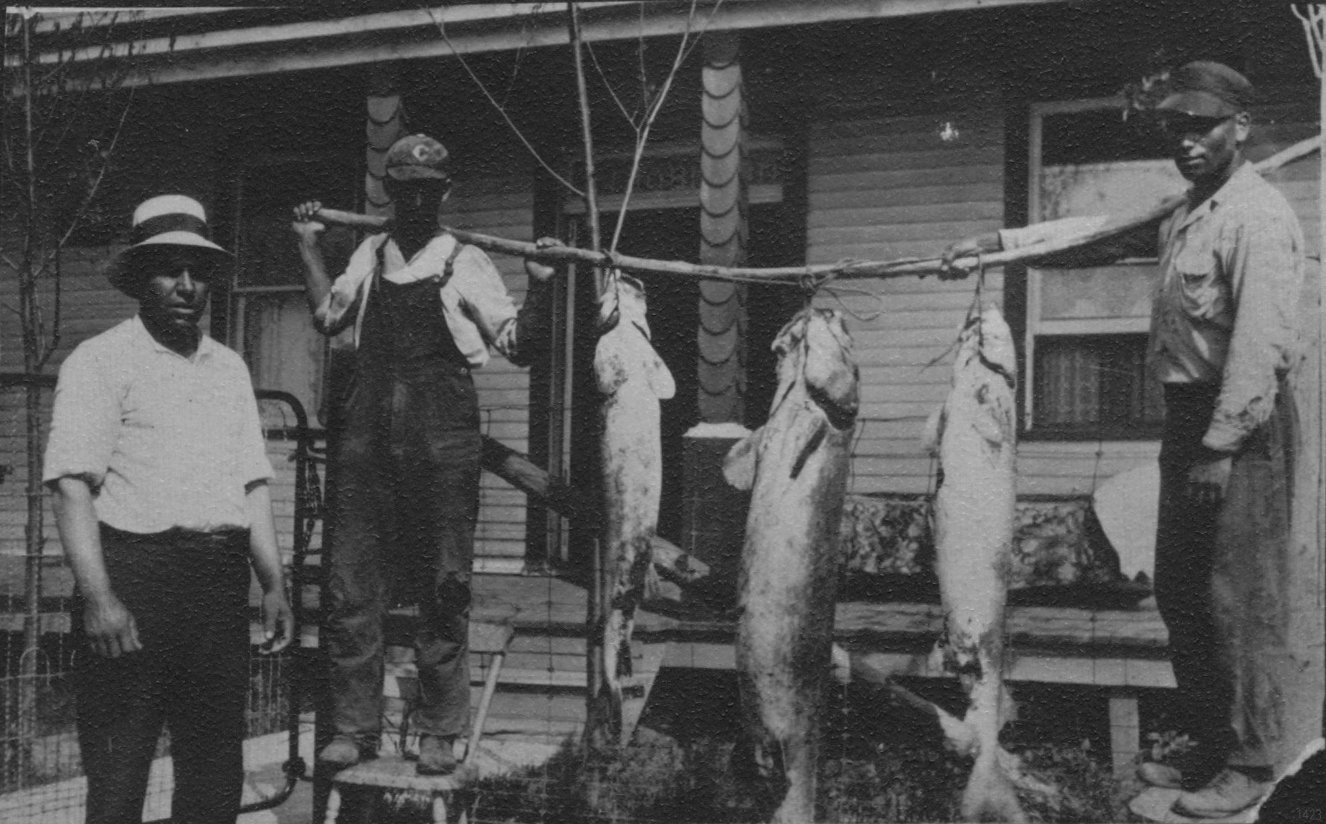

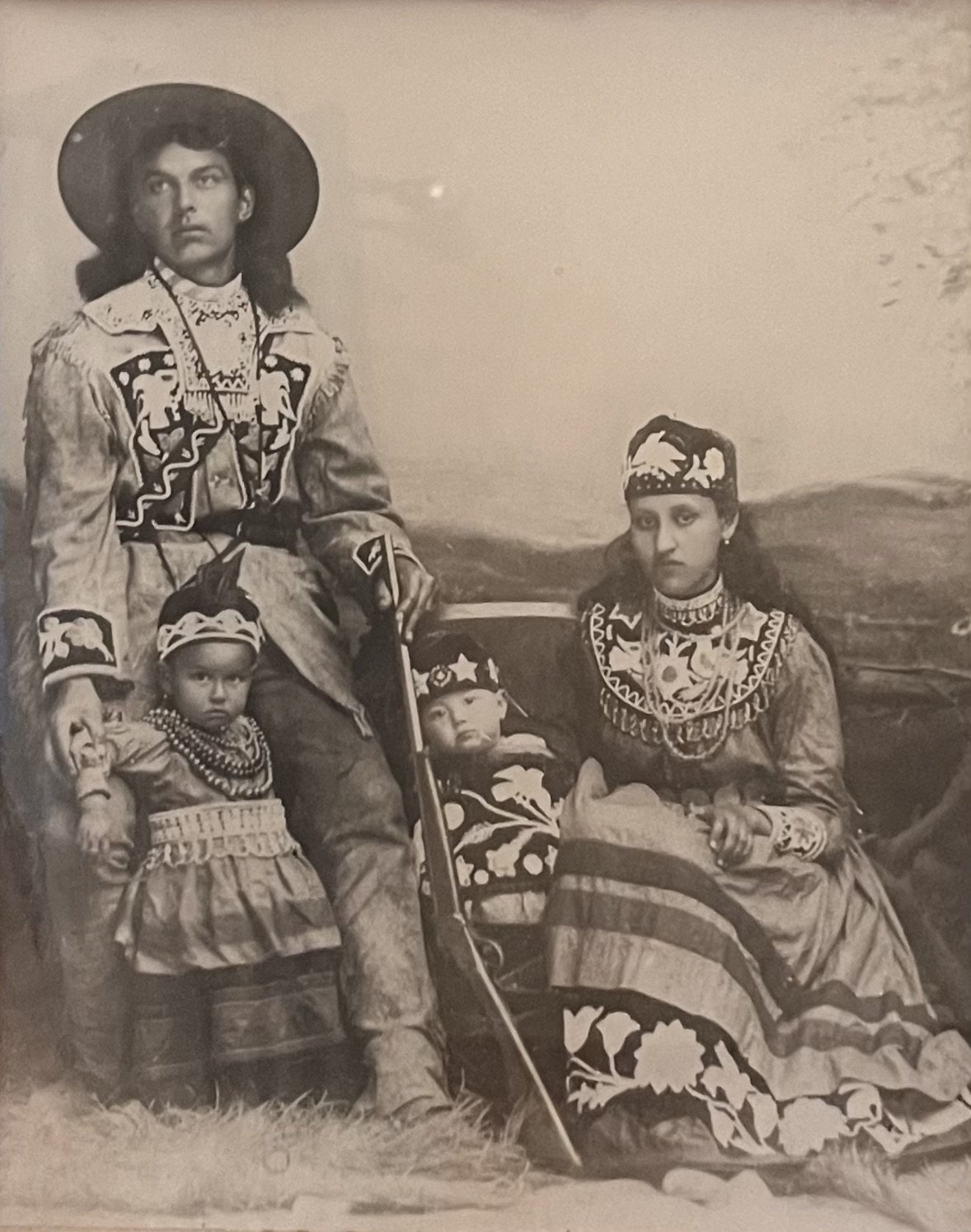
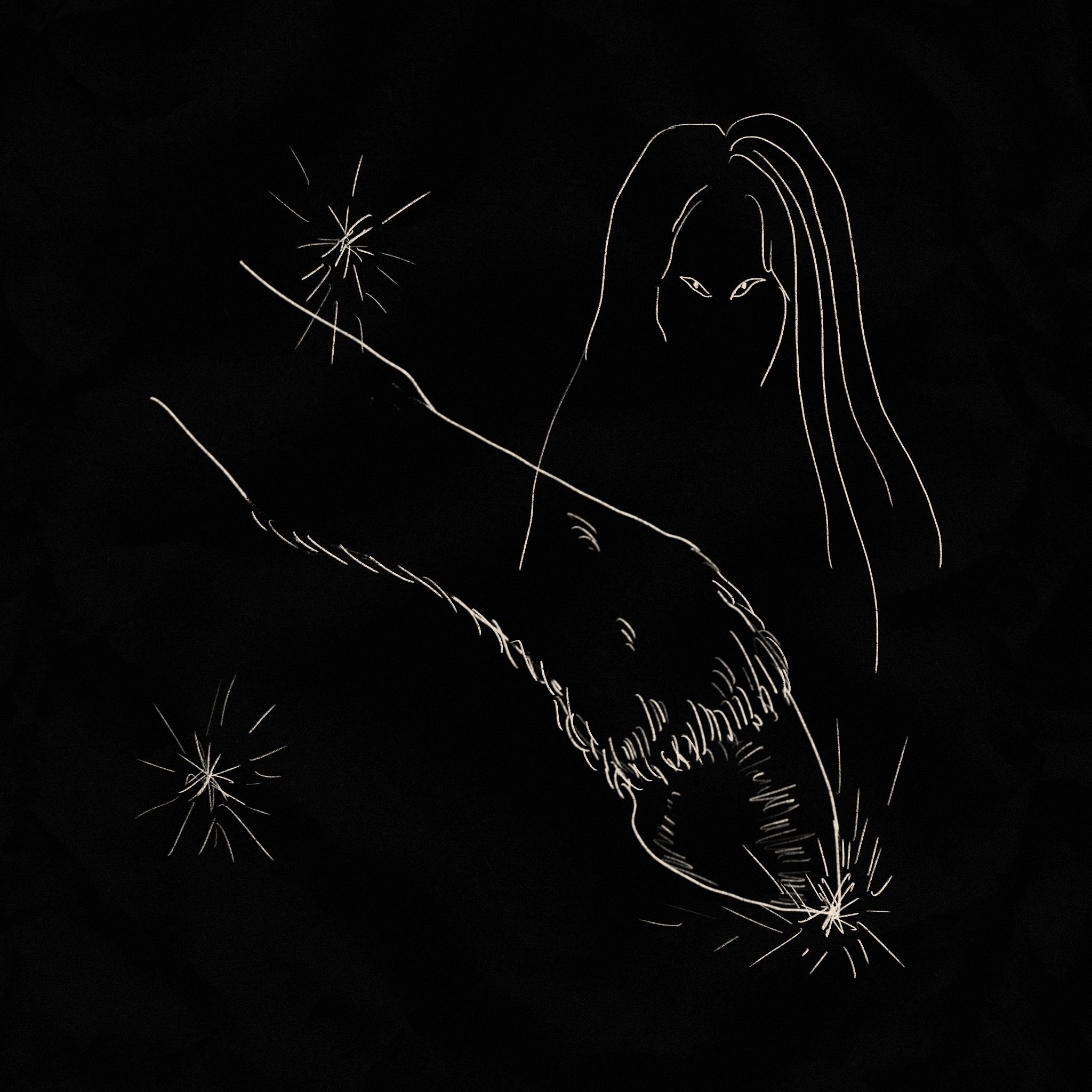

Centred around the garden
I come from a traditional background in the Longhouse. Food and the relationship to nature is one of the basic principle teachings. Part of our ways, our customs, our traditions are related to the gardens and how the food grows. How does life continue? You need the food.

Home wedding
My first dance was an adventure. Back then, they used to have what they call a dollar dance. The bride and the groom stand on the floor and they start playing slow music and people come up there and give the best man or maid of honour a dollar and he or she gets to dance with the bride or groom.

